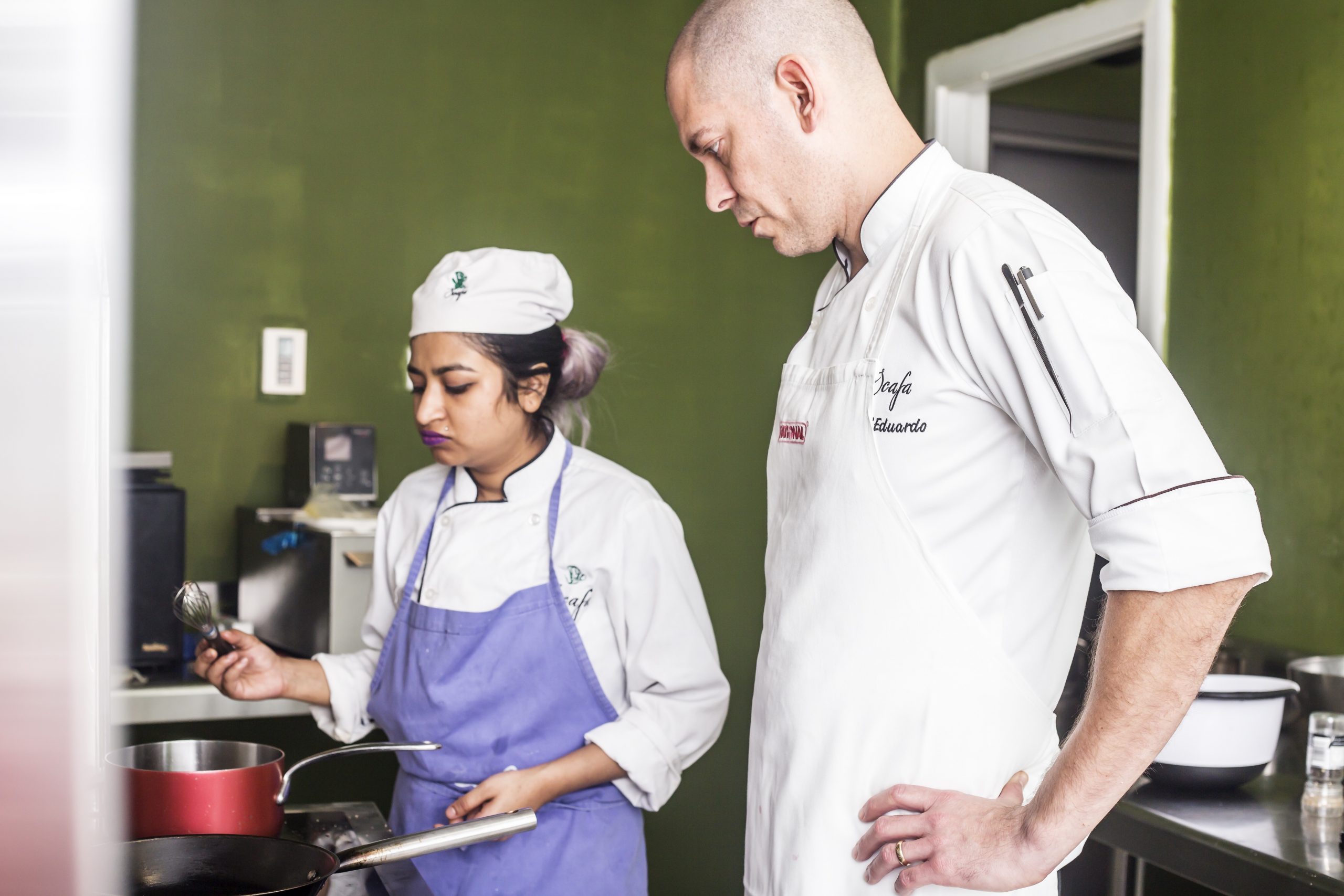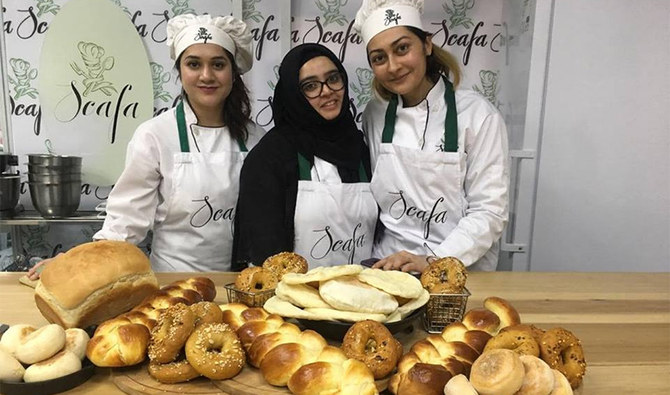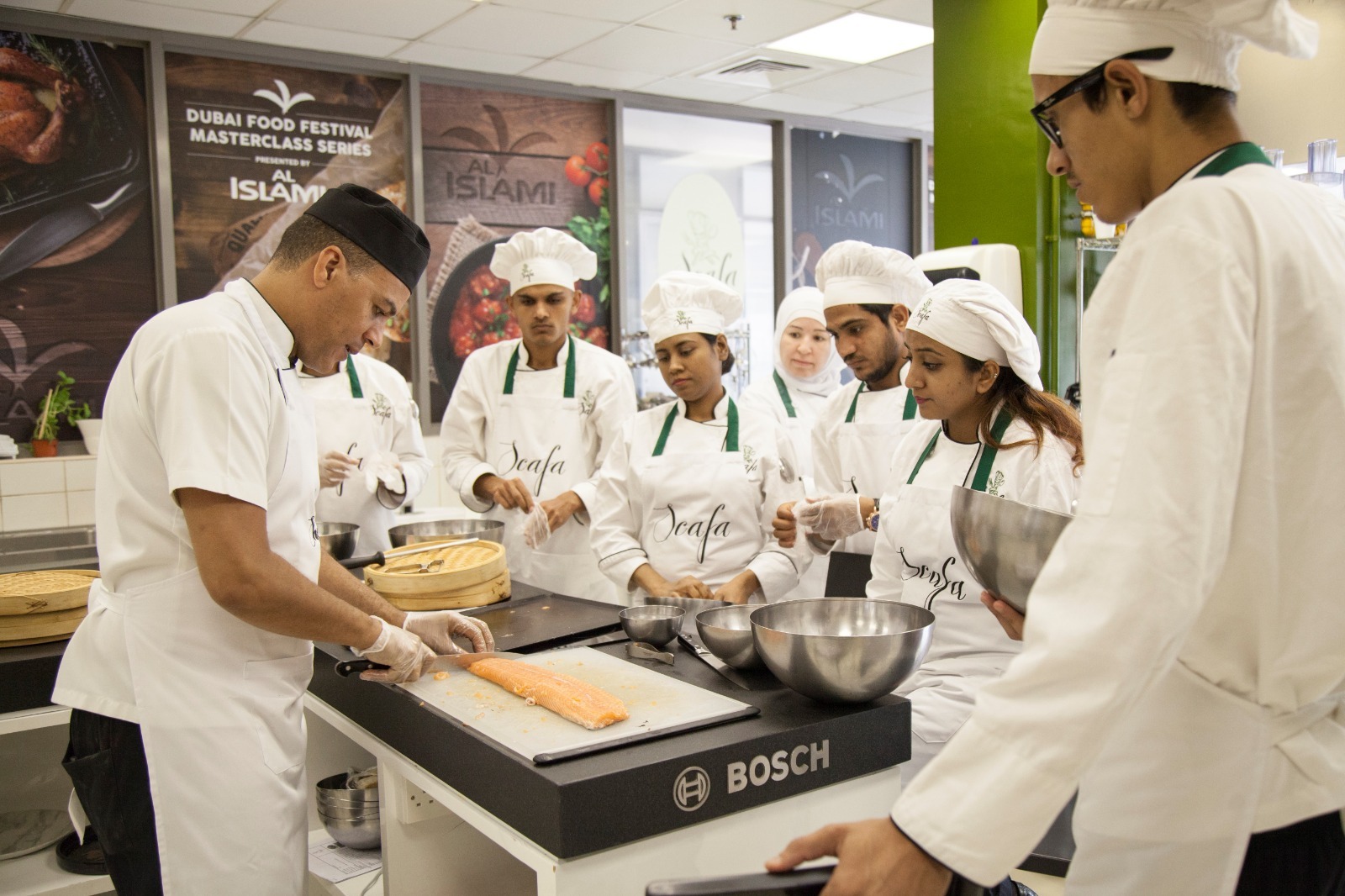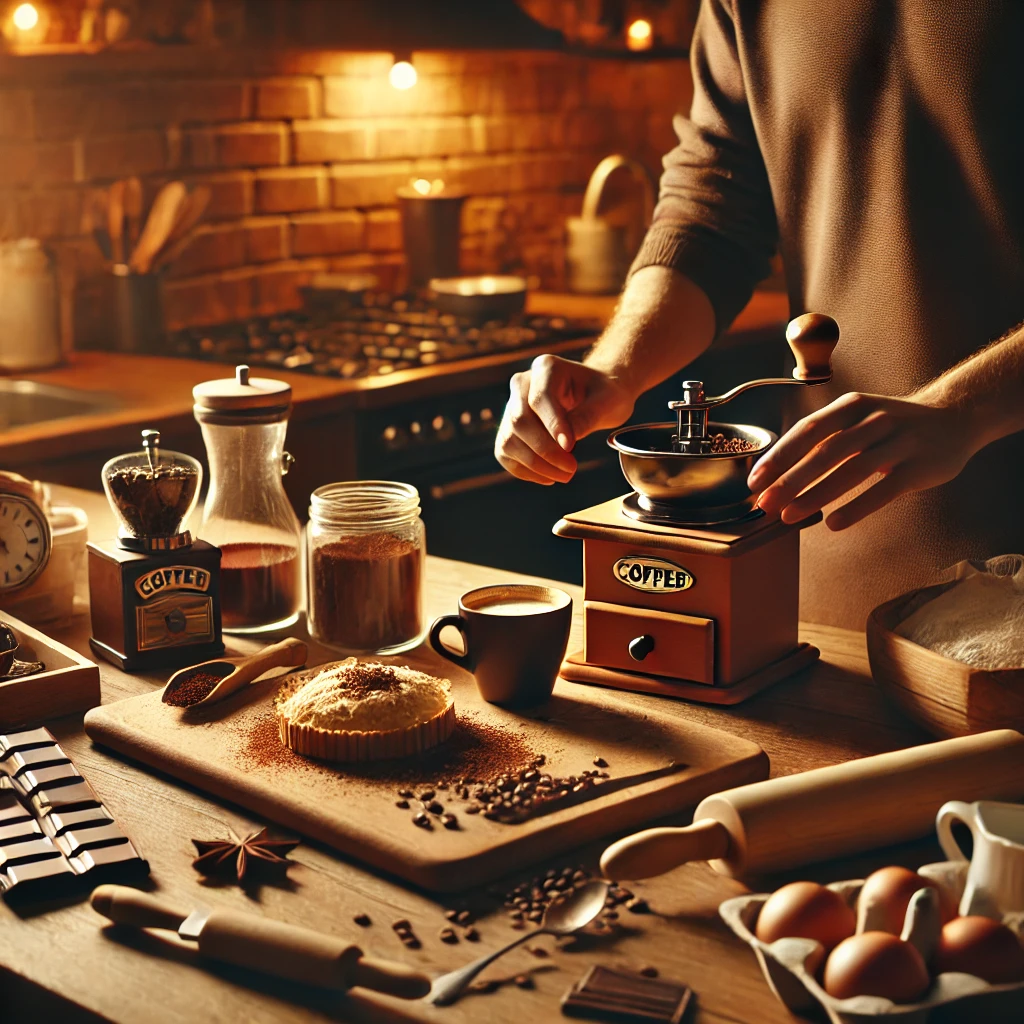Embark on a culinary journey through Pakistan, where the flavours are as rich as the culture and history of this vibrant country. Pakistani cuisine is a tapestry of influences woven from the threads of the many civilisations that have thrived in this region, from the ancient Indus Valley inhabitants to the Mughal Empire. Each dish tells a story of conquest, trade, and tradition, making Pakistani food a fascinating subject for any cooking school curriculum, especially at a leading culinary school in Lahore, where the essence of these flavours is brought to life.
The Role of Spices in Traditional Pakistani Cuisine
The journey begins with the basics: spices. In Pakistan, spices are more than just ingredients; they are the essence of every dish. Culinary schools in Pakistan emphasise the importance of mastering spices as they are key to authentic flavours. Turmeric, cardamom, cumin, and coriander are staples, creating a foundation for complex flavours that are both bold and subtle. Students can explore the art of blending these spices in traditional dishes like biryani, a fragrant rice dish layered with meat and spices, and karahi, a type of curry named after the wok-like pot it’s cooked in.
Flavours of Pakistan – Food Guide to Meat, Vegetarian, and Sweet Dishes

Next, we explore Pakistan’s breads, which are as varied as its landscapes. From fluffy naan and roti to rich paratha and crispy puri, bread is integral to Pakistani dining.
Meat plays a significant role in Pakistani cuisine, with dishes like nihari, a slow-cooked stew of beef or lamb, and seekh kebabs, skewers of spiced ground meat. These dishes offer a study in patience and technique, as the slow cooking methods used in Pakistani cuisine allow for a depth of flavour that can’t be rushed. Learning to master these techniques is an essential part of the cooking classes in lahore.
Vegetarian options also abound, with lentils and vegetables taking centre stage in dishes like daal and sabzi. These provide an excellent opportunity for students to learn about the balance of nutrition and taste and how to create satisfying meals without meat.
Desserts are not to be overlooked. Sweet treats like gulab jamun, small dough balls soaked in syrup, and barfi, a type of fudge made with condensed milk and sugar, offer a sweet end to a spicy meal. These desserts introduce students to the delicate art of Pakistani sweet-making, a skill often emphasized in a chef course in Lahore.
Chai -A Flavorful Finale to Pakistani Cuisine
Finally, no culinary journey through Pakistan would be complete without chai. More than just a beverage, chai is a cultural institution in Pakistan. Learning to brew the perfect cup of chai, with its blend of black tea, milk, sugar, and spices, is a fitting capstone to this flavorful adventure.
Conclusion
In conclusion, this blog offers readers a glimpse into Pakistan’s rich culinary traditions. It is meant to inspire novice and experienced cooks to explore the diverse flavours and techniques that make Pakistani cuisine unique and beloved worldwide.




